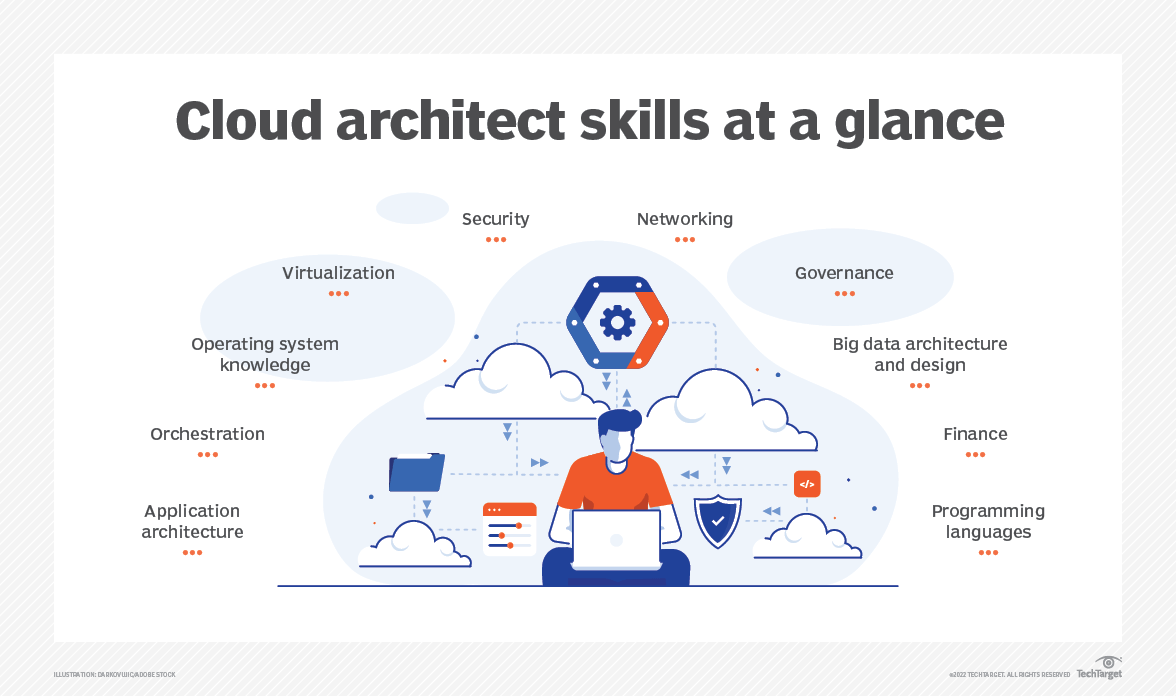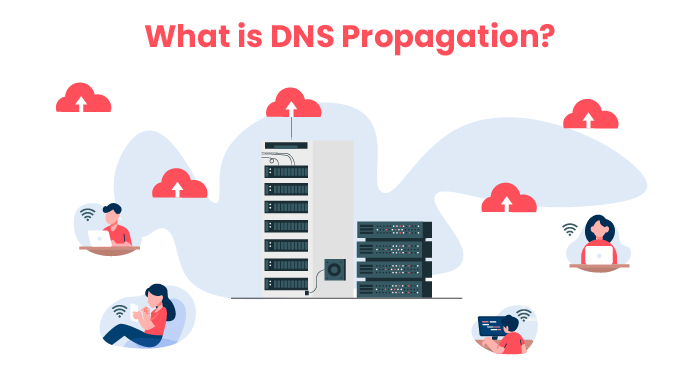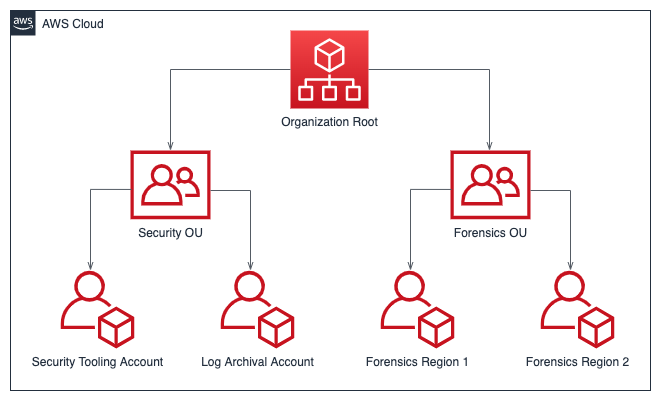Introduction
In today’s digital age, cloud computing has become an essential component for businesses of all sizes. Amazon Web Services (AWS) stands out as a leading provider of cloud services. It offers a wide range of tools and functionalities to help organizations build, deploy, and manage their applications efficiently. This guide aims to provide a solid understanding of AWS architecting fundamentals. This makes it perfect for beginners or those looking to polish their AWS skills.
Benefits of Using AWS Services
- Scalability and Flexibility: AWS allows you to scale your applications seamlessly according to demand. This flexibility ensures that you only pay for what you use, optimizing cost-efficiency.
- Security: AWS provides robust security features, including data encryption, compliance certifications, and physical security, to protect your data and applications.
- Global Reach: With a vast global infrastructure, AWS ensures low latency and high availability by distributing applications across multiple regions and availability zones.
- Cost Management: AWS offers various pricing models and cost management tools that help you control and optimize your spending.
Understanding AWS Global Infrastructure
The AWS global infrastructure is designed to be flexible, reliable, and secure. It includes:
- Regions: Geographical areas that host multiple data centers known as Availability Zones (AZs). AWS has multiple regions worldwide, allowing you to deploy applications close to your users for lower latency.
- Availability Zones: Discrete data centers with independent power, cooling, and networking. Distributing your applications across multiple AZs ensures high availability and fault tolerance.
- Edge Locations: AWS has numerous edge locations globally to deliver content to end-users with low latency through services like Amazon CloudFront.

Building Your Cloud Infrastructure: Best Practices
- Design for Failure: Architect your applications to anticipate and handle failures. Use multiple Availability Zones to ensure redundancy.
- Implement Security at Every Layer: Utilize AWS Identity and Access Management (IAM) to control access, encrypt data at rest and in transit, and regularly audit your security policies.
- Automate and Optimize: Leverage AWS automation tools like AWS CloudFormation and AWS OpsWorks to automate deployments and manage infrastructure as code.
- Monitor and Respond: Use AWS CloudWatch to monitor your applications and set up alerts for critical events. Implement auto-scaling to adjust capacity based on demand.
- Cost Management: Regularly review your AWS usage with AWS Cost Explorer and set budgets and alerts to prevent overspending.
Conclusion
AWS offers a robust and versatile platform for building cloud-based applications. By understanding the benefits of AWS services, the global infrastructure, and best practices for architecting your cloud environment, you can optimize performance, ensure security, and manage costs effectively. Whether you are a beginner or looking to enhance your AWS knowledge, these fundamentals provide a strong foundation for leveraging AWS to its full potential.


